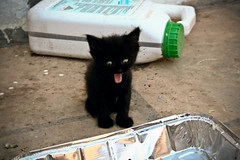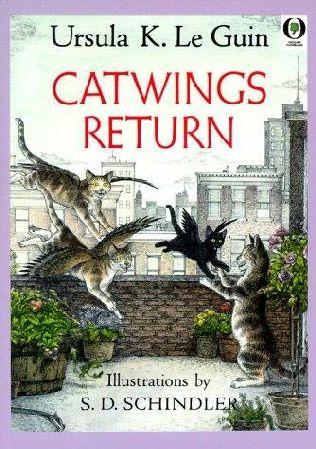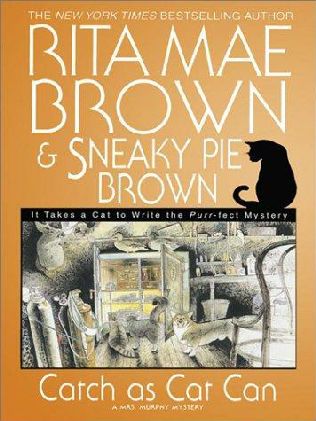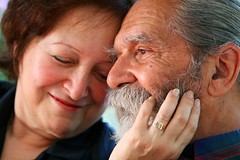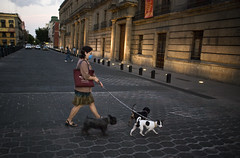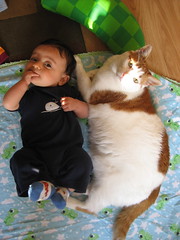Introduction to Tellington TTouch Class offered in West Seattle
November 19th, 2009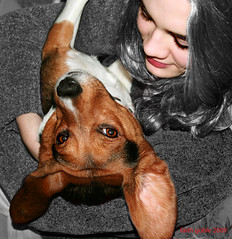 From Rose DeDan –
From Rose DeDan –
I became interested in Tellington TTouch, a long time ago, but that interest kind of got sidelined while focusing on my shamanic training.
Recently I read some very impressive stories by a long-time animal communicator that fanned that interest back into action, especially since I have wanted some additional assistance for Puma, my wonderful dog companion, as he enters his senior years. And lo, and behold, Shannon Finch’s name crossed my path. So, Wild Reiki and Shamanic Healing is now hosting a TTouch class in Seattle for the very first time! (And I believe there will be a live demo with said dog, and perhaps one of my cats who is shy of being handled – I may borrow a video camera for that!)
• Do you have a shy or aggressive dog?
• A cat who is getting along in years?
• A bird who squawks incessently?
• Are you interested in enhancing the bond with your animals?
Then this hands-on workshop is for you.
For more information on TTouch see What is TTouch?
When: Saturday, December 5, 2009, 9:30am-12:30pm
Where: Wild Reiki and Shamanic Healing Office, Alki (directions sent at time of registration)
You’ll learn how to improve your animal’s health and wellbeing with several TTouch techniques
that release the tension, fear and anxiety that lead to behavior problems.
You’ll learn how to ease the ailments associated with aging as well as first aid measures that can
save your animal’s life.
 And while TTouch can assist the healing of injuries and illness, and help change undesirable behaviors, it also builds a deeper rapport between humans and animals, so your critter doesn’t have to have a problem in order to benefit from this class.
And while TTouch can assist the healing of injuries and illness, and help change undesirable behaviors, it also builds a deeper rapport between humans and animals, so your critter doesn’t have to have a problem in order to benefit from this class.
Please do not bring your animal to the workshop, we’ll be practicing on willing stuffies (stuffed animals) this time around!
Registration: Fee $95/person. Class size is limited to a small number of participants. Call Rose De Dan at 206-933-7877 or email her at wildkingdomreiki (at) earthlink (dot) net for more information or to register.
TEACHER BIO
Shannon Finch is owner of The AnimalKind Company in Stanwood, focusing on positive training for all species. She is a certified Tellington Touch practitioner for both companion animals and horses. She has worked with of animals of many species, from dogs, cats, and horses, to birds, reptiles, rabbits and pocket pets, and even farm critters such as cows, goats, and chickens.
Shannon has taught TTouch all over the west, including Best Friends Animal Sanctuary and the Hawaii Humane Society, has given presentations for numerous local animal welfare groups, including PAWS, the Alternative Humane Society of Bellingham, Hooterville, (now Homeward Bound), Canines for Citizens’ Independence, Pasado’s Safe Haven, Purrfect Pals, Skagit Humane Society, and the Monroe Pet Expo. She’s also taught animal behavior and TTouch classes for Everett Community College. She is currently working on her thesis for a Master’s Degree in Humane Education.

